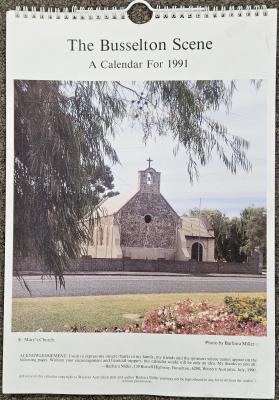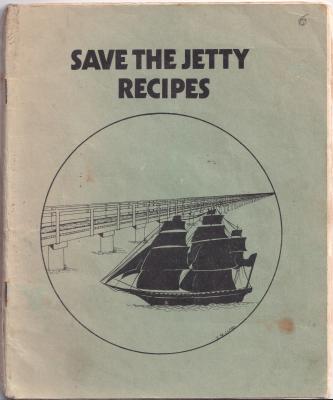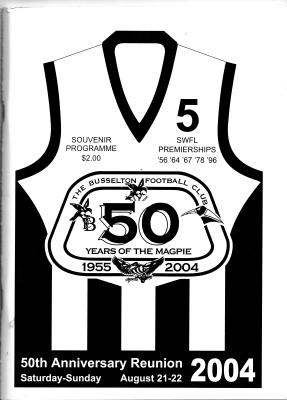Cigarette Card collection
2 x "Cigarette Pictures" Albums. British Made. To hold 250 Cards.
Capstan Cigarettes:
26 of 50 Interesting Buildings.
9 of ? Girls of all Nations
C Hill S.A.
21 of 50 Horses of Today
4 of ? Historic Events
Havelock Cigarettes and Havelock Tobacco:
23 of ? male and female actors
9 of ? Fish of Australasia
7 of ? Australian football teams
British American Tobacco Co. Ltd.:
4 of ? Women
The American Tobacco Co.
19 of ? Female actors
Standard Corked Tipped:
19 0f ? West Australian & Australian football players
Milo Cigarettes:
Finish of Delivery, Leonard Braund, Somerset.
Vice-Regal Mixture Pipe Tobacco:
55 of ? Birds of Australasia
69 of ? Birds of Australasia
9 of 50 Commonwealth Military Forces
Sniders & Abrahams:
9 of ? Melbourne & Sydney Cup Winners
Arms & Armour:
5 of ?
The cigarette card began its evolution in the United States of America, in the early 1880s as a plain piece of cardboard used by tobacconists to protect the cigarettes which were sold in that era, not in packets, but loosely. A purchaser would buy his cigarettes then wrap them in paper around the small piece of cardboard, which acted as a stiffener. In fact, for many decades, cigarette cards were known as “stiffeners” in the USA.
The card depicting “The Marquis of Lorne” is reputed to be the first known cigarette card issued. This is thought to have been in 1879. It did not take long for an enterprising entrepreneur to recognise the advertising potential of the cigarette card, and, very soon, the cards began displaying popular images, often in sets. This had the effect of youngsters, wishing to complete their sets, harassing their fathers to buy a specific brand of cigarettes. The kids who collected cards in the days when they were being issued in the cigarette packets, would hang around outside the local tobacconist’s shop, pestering the men who had just bought a packet of cigarette, with the cry: “can I have the cig card mister?”
It is a proven fact that, here in Australia during the 1930s, at least one set had one card deliberately withheld and issued very sparingly. This card is No. 86 (Mrs Jack Crawford) in the Carreras “Turf Personality Series”. Thus, in a set of reasonably easy cards to get, this one card is a constant source of frustration for the collector, and as such, commands a premium when it comes to price. It is not hard to imagine the young collector nagging his to Dad to keep buying “Turf” cigarettes to enable him to finish the set.
From small beginnings the cigarette card soon gave rise to a booming industry in itself. Artists and writers were employed to produce the cards, which were miniature works of art and served as little encyclopaedias for the children of the day. By the 1930s cards were being issued in the countless millions. It has been stated, in one book on the history of cards; that 450 million sets of a series produced and issued by the prolific issuer of cards in the United Kingdom, WD & HO Wills. As each set contained 50 cards you would need a calculator with a very long result window to get the answer to how many cards of that series were in circulation.
Australia’s involvement would appear to have its beginnings with the English and American firms who shipped their tobacco products here and the cards of American Tobacco Company (ATC) are found in great numbers in early Australian collections; many featuring Australian subjects, e.g. “Australian Parliament”, a 1901 issue. Earlier U.S. sets depicting Australians included Goodwin & Co’s, so called, “Australian Series” with cricketers and Australian Rules footballers who were on the sporting scene during the 1880s. The caption of one of theses cards reads: “W.Hannysee. Captain Port Melbourne Football Club” which enables us to pinpoint the year of issue to either 1889 or 1890.
On the Australian scene the first local manufacturer who issued cards seems to have been The National Cigarette Company of Australia Proprietary Limited, whose “Tally Ho” packets contained cards from a series of thirteen featuring the touring “English Cricket Team 1897-8” Of the few Australian manufacturers who issued cards, only two companies issued more the two sets.
Undoubtedly the cards issued by the Melbourne firm Sniders & Abrahams (later Sniders & Abrahams Pty Ltd) are the “jewels in the crown” of Australian card issues. They issued some thirty-three series, with numerous sub-series and allied issues such as metal badges, metal football shields, celluloid flags etc., which ensured that the hobbyist had a vast range from which to collect. Sporting themes – football, cricket, horse racing – dominate, indicating the Australians’ love of sport and the outdoors was as strong in those earlier times as it is today. Military, animals and birds themes were also to the fore, with a touch of culture being provided by “Shakespeare”, “Dickens”, actresses and even classical “Statuary”. Humour was not forgotten with “Cartoons and Caricatures”, “Naval and Cricket (double meaning) Terms” and the “Jokes” series. Art and history were covered by the artist, S.T. Gill’s “Views of Victoria in 1857” while the stereoscopic “Views of the World” expanded the collectors’ knowledge of the world as a whole.
The Sniders & Abrahams series began in 1904 and by 1919 the company was in decline and was eventually taken over by G.G. Goode & Co. Ltd. This company produced one set only, the highly collectable “Prominent Cricketer Series” issued in 1924. During the early to mid-1920s, J.J. Schuh Tobacco Pty Ltd issued eight series, again containing the popular subjects of sport and war. At least two provincial tobacconists, Lentens of Bendigo and Baillies of Warrnambool, issued private football series. The last series of cards issued by a truly Australian firm was Dudgeon & Arnell’s “1934 Australian Cricket Team”.
The Australian market was not neglected by the English companies with WD & HO Wills, Godfrey Phillips and Ogdens all making their contributions. By far the most active issuer was the long-established company Wills, whose “Cricketers” of 1901 heralded the flood of Australian series, which continued into the mid-thirties.
The onset of the 1939-45 World War sounded the death knell of the cigarette card and very few post-war issues were made, certainly not here in Australia.
https://australiancartophilic.org.au/about-us/the-cigarette-card/
Details
Details
Other items from Busselton Historical Society
- Sheet Music Albums
- Scrapbook Album
- Greeting Cards Album
- Calendars 1991 & 2001
- Busselton Souvenir Photographs
- Parliamentary Handbook Western Australia Seventeenth Edition
- Bagpipes - Lawrie
- Metropolitan Road Guide - Perth Western Australia (1959)
- Invoice - Blackwattle Cheese Factory
- Recipe Book - Save The Jetty Recipes
- Busselton Football Club 50th Anniversary Reunion Programme
- Walter & Joan Yates - ephemera













